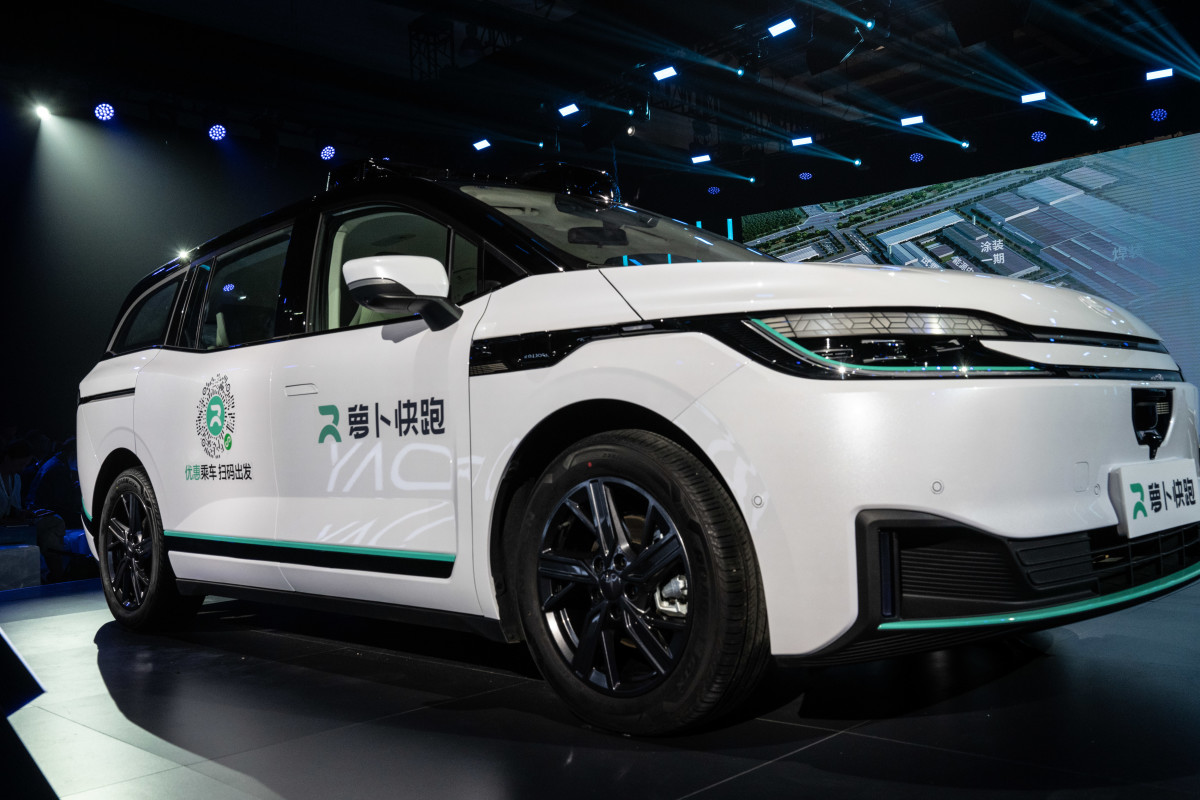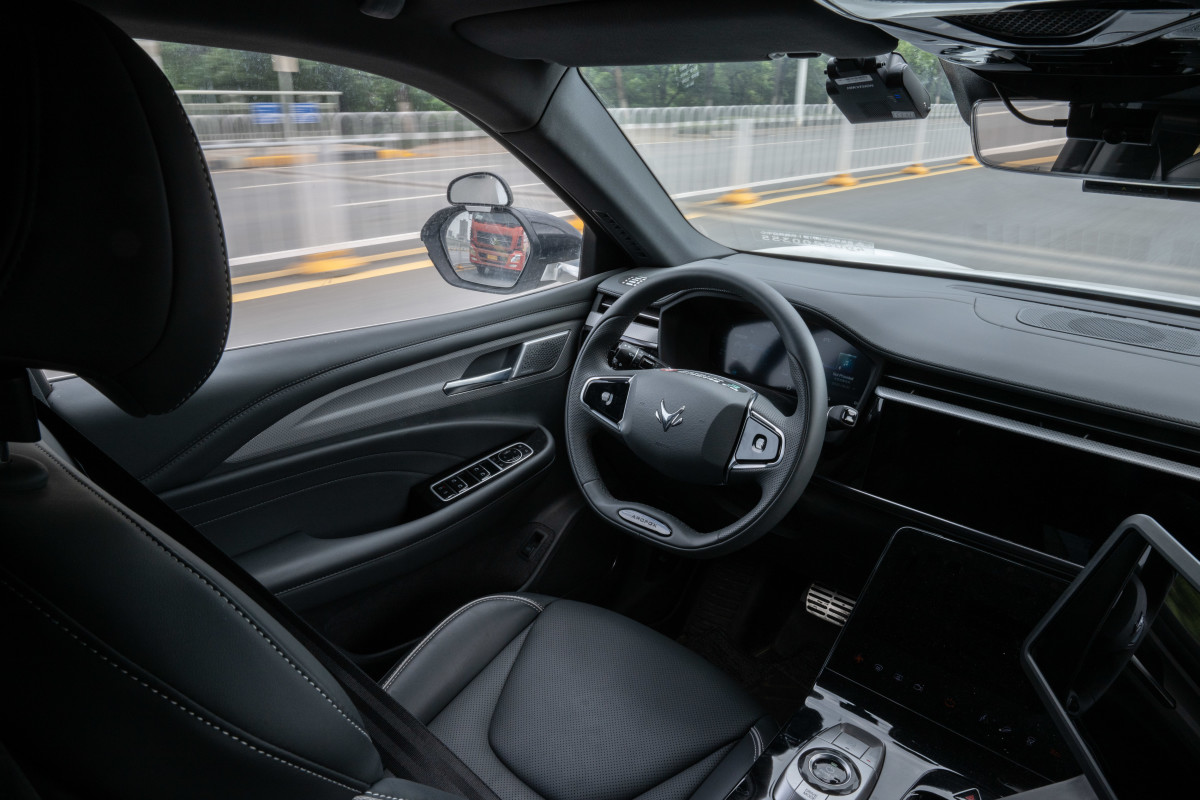Tucked away in the Swedish countryside is a facility quietly reshaping the future of global mobility. Owned by the Research Institutes of Sweden (RISE), AstaZero has just unveiled the world’s most advanced connected vehicle proving ground—an ambitious leap into a 6G-powered future where every movement on the road could be coordinated, controlled, and optimized in real time.
AstaZero is not an average vehicle test track. It is a full-scale, independent research environment built to test the automated transport systems of tomorrow to ensure confidence and safety. Think of it as a real-world lab where self-driving cars, AI-powered drones, and connected emergency vehicles are pushed to their limits.
At the heart of this latest breakthrough are multiple 5G networks and a cutting-edge computing facility—marking a first for any open, brand-neutral proving ground. It enables split-second decision-making and ultra-reliable connectivity between vehicles, emergency teams, pedestrians, infrastructure, and traffic systems.
That matters more than ever. With 3G networks being phased out globally, mission-critical systems like ambulances, fire trucks, and police vehicles are under pressure to modernize. AstaZero’s newly launched facility provides the first real opportunity to test innovative systems in controlled yet dynamic, real-life scenarios.
AstaZero’s new infrastructure is not just about faster speeds—it is about smarter, safer reactions. Powered by edge computing, vehicles can now process data locally instead of relying on far-off cloud centers. That means a self-driving car can respond instantly to a pedestrian stepping into the street or adjust to a new traffic signal before the driver sees it.
Without advanced, integrated testing, safer roads remain a dream. CEO of RISE AstaZero Peter Janevik explained the implications of this breakthrough, telling Gizmodo, “In the future, communication might not always originate from the sensors on the vehicle itself, but instead from sensors mounted on connected infrastructure or from the sensors of another vehicle. In these types of systems, three key factors are crucial: reliability, ultra-fast communication, and intelligent decision-making.”
In June, AstaZero said it had reached 99.999% system reliability in connected vehicle communication, a first for the industry. That is the level of consistency required for “mission-critical” scenarios, where even a split-second failure could cost lives.
When asked what type of real-world scenarios are most challenging to simulate at AstaZero and how they overcome them, Janevik described the complexity of multiple testing domains with a future scenario:
An automated drone providing safety surveillance is deployed over an accident scene by a rescue crew upon arrival. The footage is used by both the rescue crew to assess and follow the situation, but also by central management, which needs to make decisions on things such as rerouting of traffic and the deployment of further teams and other authorities like police and medical teams. Then imagine that the drone also creates a local map update with static objects such as a crashed vehicle or cones for traffic redirection and dynamic ones such as personnel or fires. Imagine that this map is also used for warnings and rerouting of automated as well as manually driven vehicles.
Heads-up displays may be the latest step in this direction, with emergency information scrolling along the lower edge of the windshield and not on overhead traffic signs or infotainment screens. To ensure such a complex system works, the testing and design teams need to factor in elements like connectivity disruption and technology integration across numerous manufacturers and telecom companies, which is what AstaZero offers.
Beyond roads and intersections, AstaZero’s proving ground is designed to test limitless scenarios. Whether cyclists swerving through traffic or simulated pedestrians crossing at unpredictable times, the site can orchestrate complex environments. Janevik says, “We test collision avoidance technology to auto-brake vehicles for different scenarios, but more importantly, the site provides robust testing to ensure highly repeatable results in a wider spectrum of conditions.”
By using AI, drones, and robotic systems—like digital twins and virtual modeling—for advanced scenario computations and simulations, the site assists engineers in pursuing advances in chip manufacturing, so designs keep track with forthcoming technologies. Janevik believes in the impact of this approach on “unique testing scenarios for smaller machine learning models with AI-based decision-making to prove that these can make the right decisions with ongoing updates.”
The RISE facility’s goal is to test components in a hardware loop in the vehicle in real-world scenarios. Testing also accounts for degraded conditions—such as lost connectivity—to prepare for actual challenges. The only limits are what the engineers can imagine, and Janevik sees this as their goal—to live their vision and help societies accelerate into safe, sustainable, and automated transportation systems of the future.
This is especially critical in Europe, where road fatality statistics have stagnated. While there was a 10% drop in EU road deaths between 2019 and 2023, the latest figures show only a 1% decrease. With 83% of fatal pedestrian accidents occurring in urban areas and a stubborn plateau in progress, new solutions are needed. As EU Commissioner for Sustainable Transport and Tourism Apostolos Tzitzikostas has said, “Too many lives are still lost on our roads every year.”
AstaZero stands out for being brand-agnostic. Any vehicle manufacturer, telecom provider, or AI developer can pay to use the facility to test and refine their systems. That neutral status is intended to ensure consistency and fairness across global standards, which is especially important as the European New Car Assessment Programme rolls out new vehicle-to-everything benchmarks between 2026 and 2032. Already a recognized test organization by the Global Certification Forum, AstaZero has taken a lead role in helping shape those standards.
The AstaZero proving ground does not just test how cars perform—it tests how they think, communicate, and collaborate. With edge computing enabling decentralized, real-time responses, the next generation of smart vehicles will be able to prevent accidents before they happen, minimize traffic delays, and drastically improve energy efficiency.
via Gizmodo https://gizmodo.com/
July 18, 2025 at 09:30AM





